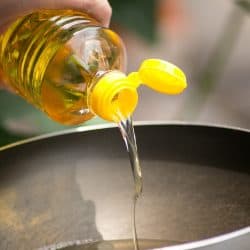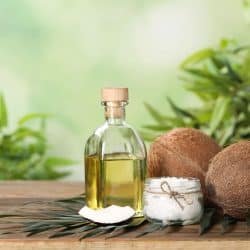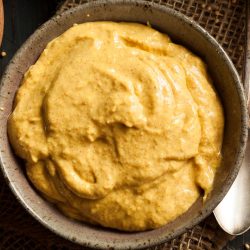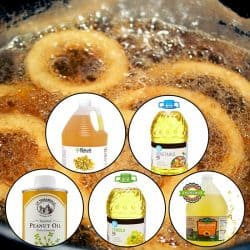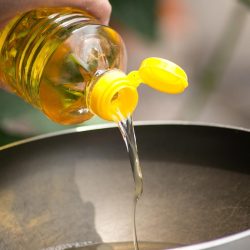Indian cooking is a flavorful and fascinating culinary adventure for your next feast! We've extensively researched many delicious and healthful cooking oil options that are available on the marketplace. In this article, we've compiled the best oils for Indian cooking, including the oils' unique smoke points and the best oils to choose for deep-frying, pan-frying, and sauteing.
Avocado oil, coconut oil, ghee, sunflower oil, rice bran oil, olive oil, peanut oil, and sesame seed oil are all fantastic options for cooking Indian recipes. However, coconut oil or ghee is the go-to for the vast majority of Indian recipes. The light flavor and high smoke point are usually why most cooks use this as the all-purpose option. Both are excellent for deep-frying, pan-frying, and sauteing. Sunflower oil is a great vegetarian/vegan option for substituting butter and is good for pan-frying and sauteing,
Are you feeling overwhelmed by the plethora of options? Confused by smoke point and other cooking-related jargon? Please continue reading to learn more about the array of cooking oil options. Also, how to select the best oil for your next Indian recipe.
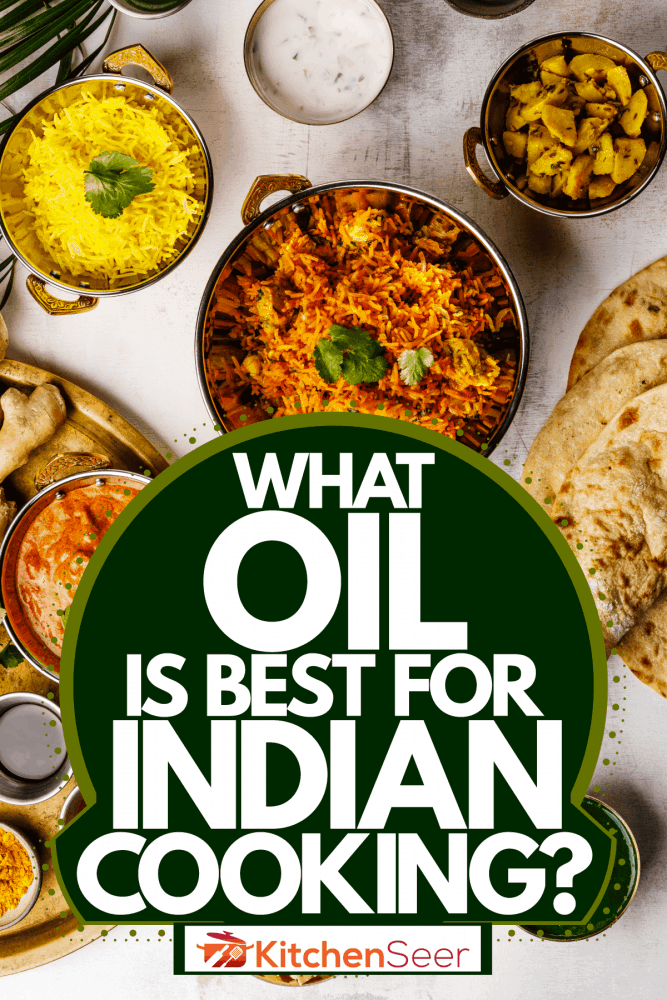
The varieties of cooking oils
Avocado oil
Is great for deep-frying and could replace ghee as a healthy vegetarian alternative. The flavor is light and buttery, with hints of a barely detectable avocado flavor. The smoke point is 520F, ideal for deep frying, pan-frying, and high-heat sauteing.
Coconut oil
The smoke point is 350F, and cold-pressed or virgin is 400F. Fabulous for deep-frying, pan-frying, and sauteing. The all-purpose oil of Indian cooking! Also, the light flavor of coconut oil doesn't distract from the food's natural flavors.
Ghee or clarified butter
The butter has been simmered and strained to remove all water droplets. Traditionally used in Indian cooking, it has a sweet buttery flavor that is great for deep-frying, pan-frying, and in place of butter or oil ingredients. The smoke point is 450F and has been a traditional staple for Indian cooks for centuries.
Sunflower oil
Is a quality oil for pan-frying, sauteing, and dessert recipes because of its light texture and barely noticeable nutty flavor. The smoke point is 450F and is ideal for fast frying stir-fries. Also, great for salad dressings!
Rice bran oil
Is typically a well-loved option for deep frying and could be used in any form of Indian cooking. The high smoke point of 450 Its subtle nutty flavor does not absorb into the food as heavily as other oils, and it doesn't distract from the spices; rather, it accentuates the aromas and flavors.
Olive oil
Is excellent for pan-frying and sauteing. Also, it works well for baking and most desserts. Do be mindful of the differences between regular olive oil and extra virgin olive oils. Extra virgin oil is made solely from cold-press olives, and regular olive oil is made from a blend of processed oils and cold-pressed oils. Each has a slightly different smoke point, regular olive oil is 390F to 468F, and extra virgin oil is 350F to 410F.
Peanut oil
Is also referred to as groundnut oil. It is prevalent in Indian cooking because of its light nutty flavor that does not absorb the flavors of the other foods when used for deep-frying, pan-frying, or sauteing. The smoke point of 450 F allows for high heat cooking without adding a burned flavor to the foods or spices.
Sesame seed oil
Is commonly used for tempering and is considered a flavor enhancer for spices and vegetables. The high smoke point of 350F makes this oil a good option for pan-frying and sauteing.
What is the smoke point?
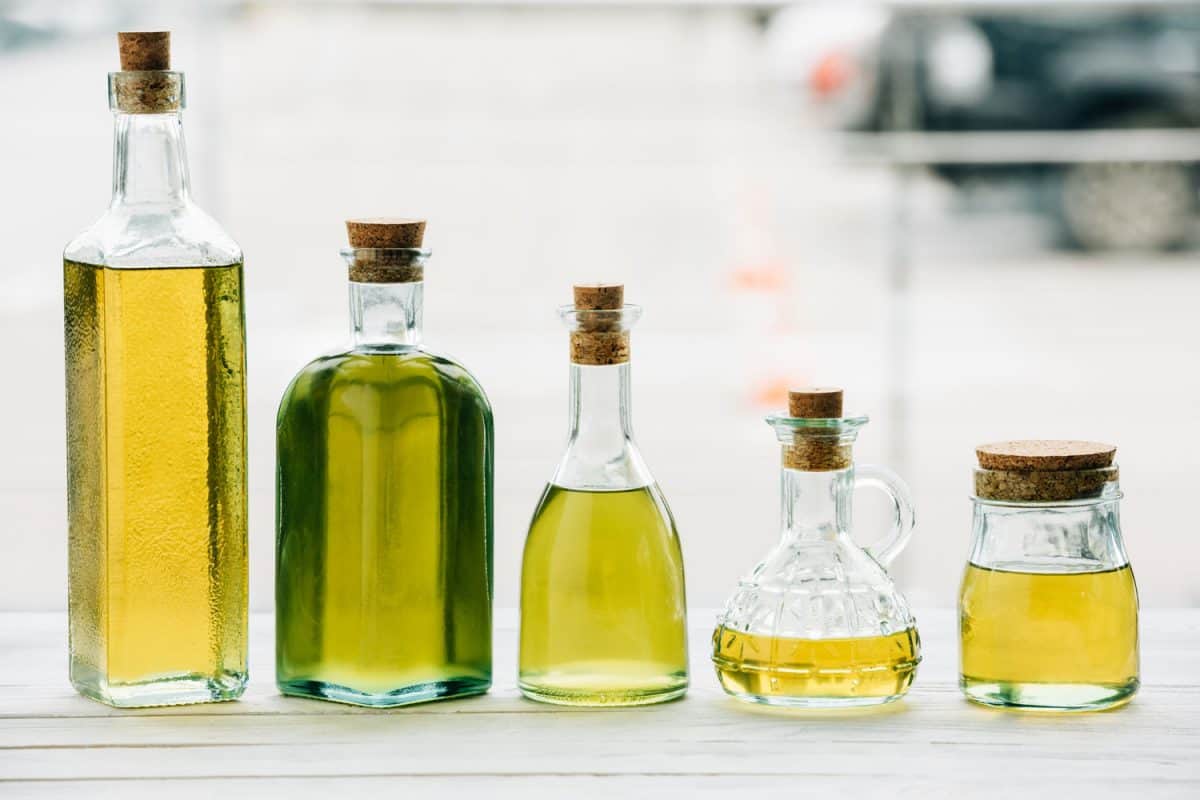
The smoke point, also known as the burn point of the oil, refers to when the oil stops simmering and starts smoking. Each oil will have a smoke point the ranges from low to high. The low range is 300F, mid-range is 400F to 450F, and 520F is considered very high. One key to successful deep frying is knowing your smoke point and tailoring your deep fryer temperature to the smoke point of the oil and the kind of foods you are frying.
Read more: How Much Oil Do You Put in a Deep Fryer?
Is cold-pressed oil good for Indian cooking?
Yes, cold-pressed oil is good for Indian cooking! The measurement ratios are the same as warm-pressed oil. Cold-pressed oils are higher in antioxidants and nutrients. The cold-press extraction process presses the seeds at room temperature and allows the oil to retain its nutrients and vitamins. Warm-press implements chemicals and heat to extract the oils from the seeds. The warm press destroys a great deal of the seeds' natural antioxidants.
Traditional Indian cooking encourages the use of cold-press oils because of the higher nutrient content. Depending on the type of oil, it could have a higher smoke point. Cold-pressed oils have a similar flavor to the warm-pressed version. However, some may have a slightly lighter taste.
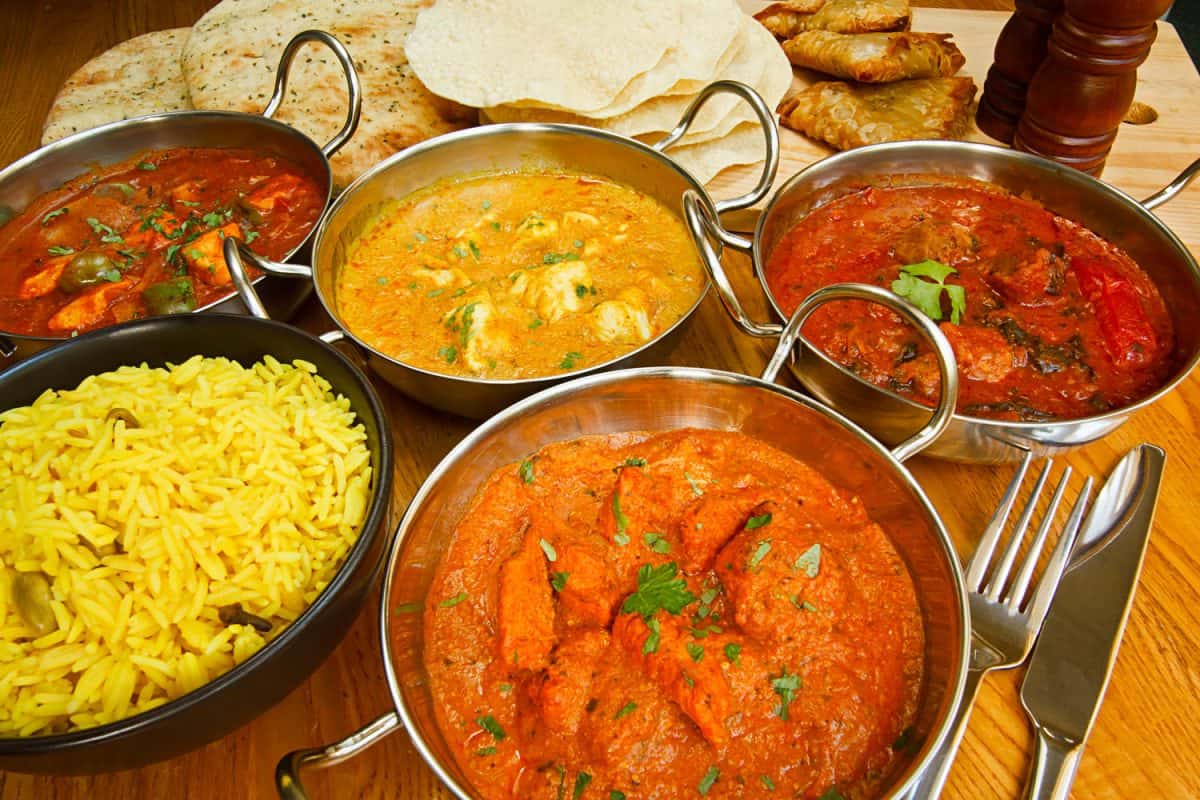
Which oil is best for frying Indian food?
When choosing the correct oil, one must consider the recipe, desired taste, and factor in the oil's smoke point for the best outcome. Each recipe will pose its own challenges and needed adjustments to obtaining the ultimate final product. Moreover, from a general standpoint, coconut oil is the all-purpose oil of Indian cooking.
Coconut oil is deemed the best for frying Indian food, and the medium to the high smoke point of 350F to 400F allows for consistent frying. Refined coconut oil smoke point is 350F, and cold-pressed or virgin is 400F. When used for deep-frying, coconut oil adds a beautiful golden brown color to the foods. Also, the light flavor of coconut oil doesn't distract from the food's natural flavors, nor will it change the textures. Click here for a well-loved recipe!
Avocado oil is another all-purpose oil that could be easily used in most recipes. The high smoke point 520F allows the cook creative freedom for various cooking methods, and the light flavor works well for most foods and spices. Click here for a tasty recipe that highlights the use of avocado/olive oil for pan-frying purposes!
Is it safe to use mustard oil for cooking?
Mustard seed oil is used for cooking and frying in India and many other eastern countries because of its high smoke point; it is excellent for frying. Also, its intense flavor does add an extra spicey appeal to flavorful traditional eastern recipes. Please be mindful of the health risk. If you choose to use this oil for consumption, it is not allowed for internal use in the USA and the majority of Europe. Please see the next paragraph for more information.
Why is mustard oil for external use only in the US?
Mustard oil is not permissible for vegetable oil uses in the USA, Canada, and the majority of Europe due to its high percentages of compound Erucic acid at 20% to 40%. Erucic acid is monounsaturated omega-9 fat. Scientifically proven to increase heart problems, cardiac lesions, and risk of lung cancer. Because of the cardiac issues in the case studied animals, mustard oil for human consumption was banned.
Moreover, mustard oil is used in various beauty products and is considered safe for external uses. It has antimicrobial properties and is believed to help promote healthy hair and skin. Be mindful that the beauty claims for mustard oil are purely anecdotal and not scientifically researched.
In closing
Culinary adventures are a budget and health-conscious pastime! It surely will yield savings in your wallet and bring smiles to your family's and friends' faces. Do check KitchenSeer regularly for more insight into culinary content!
And before you go, be sure to take a look at these other guides that might be of interest:
Can You Use Sunflower Oil Instead Of Vegetable Oil?
Can You Use Sunflower Oil For Baking?

